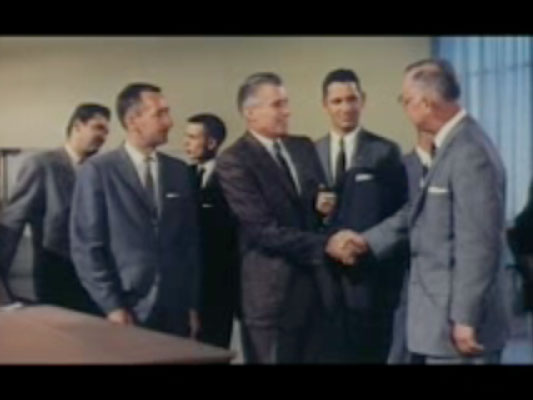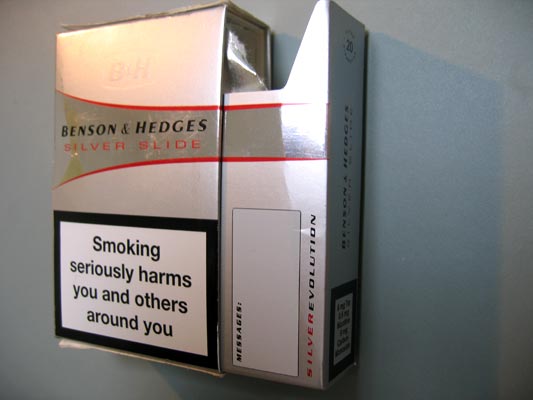Products are not nouns but verbs. A product designed as a noun will sit passively in a home, an office, or pocket. It will likely have a focus on aesthetics, and a list of functions clearly bulleted in the manual… but that’s it.
Products can be verbs instead, things which are happening, that we live alongside. We cross paths with our products when we first spy them across a crowded shop floor, or unbox them, or show a friend how to do something with them. We inhabit our world of activities and social groups together… a product designed with this in mind can look very different.
Activities
What activities occur between me and a product? Taking a book as an example, there are a number of obvious ones: reading, marking a page, noting a comment or reference. There are also a number of activities that are due to the book also being a product which is made, bought and sold–we’ll call them the intrinsic activities. The book is involved in all of these:
- Design
- Manufacture
- Discovery
- Selection
- Being wished-for
- Purchase
- Being shown-off
- Discussion/review
- Resale
Each of these activities associated with a product is a place where stories gather. Each is a hook for experience. When the experience is bad, the story is bad. When the experience is good, the story is good… and stories travel.
Yesterday I talked about Generation C and the way they expect products to fit, as peers, into their connected and creative communities. I said that products, media and services must transform themselves to meet these expectations.
The stories Gen C tell spread in their social and communication networks, and are used by these discerning individuals to assess products. With online and mobile stores, every moment is a buy moment. From a sales perspective alone, the stories had better be great.
At a more conceptual level, the peer relationships Generation C expects mean that the traditional do-as-you’re-told products are inappropriate: A brand that says “I’m cool, associate with me” or “You can be a great runner too” can feel condescending or trite. Gen C likes to be involved in conversations–products should express their brand through the experience. The brand, the stories, the interactions: These are all part of the product.
When we’re trying to design for the whole product, we try to remember to do these:
- Identify the activities associated with the product, media or service. Design for the whole life-cycle, not just to make certain functions available
- Focus on the activities intrinsic to the particular product as a thing that can be bought and sold. These are so often overlooked as experience hooks that good design can make a real difference. The intrinsic activities listed above are a good start
- Use advertising to associate stories with the experience hooks, and to communicate the brand experience. Products are continually assessed, and always communicating the brand through the progression of experiences
Living with products
Amazon and Apple and both companies who pay a great deal of attention to the entire relationship a person has with a product. Especially good is how they deal with those intrinsic activities, those that belong to a thing by virtue of its physicality and existence in the marketplace.
Take Amazon: They don’t just sell products, they sell the whole life-cycle. You discover a book, select it using the reviews, consider it, hang onto it in your basket, finally choose to buy it. Wishlists and permanent book addresses (suitable for emails) understand that, even before you buy it, a book is a social object, present in our social world. Then afterwards you can recommend or review the book, and the site helps (even prompts!) you to sell the book on second-hand.
Apple, both in their online presence and retail stores, understand the ongoing relationship with an Apple product. The online product pages are brochure quality, always with the link to the online store. Putting together a system online is a joy; you gradually select components, learn about them, and ratchet up the price… but slowly, slowly, so there’s never a sticker-shock moment when you realise quite what you’ve specced. The retail stores are made for the funnel from aspiration (gazing into the brightly lit store) to try-out, to select, to purchase, to learn about, to come-back-when-it’s-broken.
The big problem with Apple retail is that it’s not enough about the various experience hooks of what they sell. It’s still too much like a conventional shop, with a sales counter where you do everything in one go. The stores should work more like Oslo Airport where, instead of a single, monolithic check-in experience, you have security check at one gate, boarding card at another, passport at another, and cafes and shops in-between. You move at your own pace, which means queues are smoothed out, and you only follow the process all the way to the end if you’re flying abroad, high security, international and long haul.
An Apple retail store, built like an airport, would have a big desk where you assemble your system, maybe with a form or a Lego-type toy, with assistants to help out. You’d take it to a desk to fetch your computer, and leave with it a few minutes later. In that couple of minutes, you’d make payment almost incidentally, to pass the time. Apple supplies and iPods should have a much simplified process–why not swipe your card when you enter the queue, so your transaction is pre-authorised by the time you get to the front?
It’s important to consider the owner and all the people they encounter as the “user” for any particular product. No design surface is out of scope: Aesthetics, online social software, embedded displays, the billing and vending processes, and more.
Interaction design
To summarise: Generation C, needs new products, media and services. These have to be situated in social lives, be open to co-creation, acknowledge the networks they’ll inhabit, and respect the creativity of the Gen Cs. At S&W we call these, in shorthand, 3C products. The Cs we use are creativity, connectedness and community… but pick any three.
Today I talked about our lives with these products, and the activities we have together. There are activities specific to the product itself, and those intrinsic to the thing as a bought-and-sold product… and all of them are experience hooks, opportunities for functionality appropriate to the context of use, and to bring about the brand experience. Designing for activities – interaction design, really – and taking the lessons of the Web and social software is the best process we’ve found, thus far, to provoke good thinking about the new world of stuff in our homes.
I’ll finish tomorrow with a look at a few experience hooks in particular.








